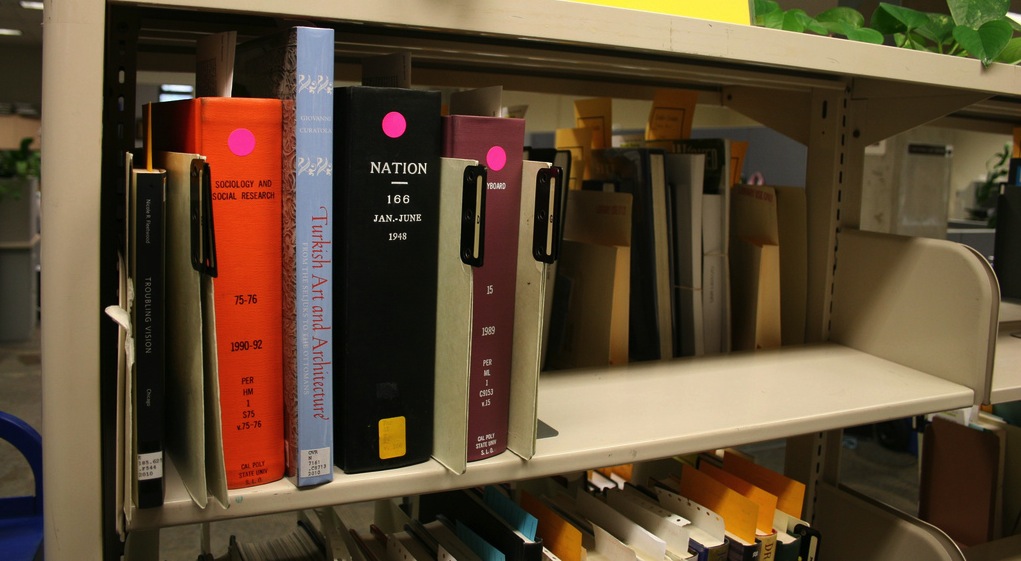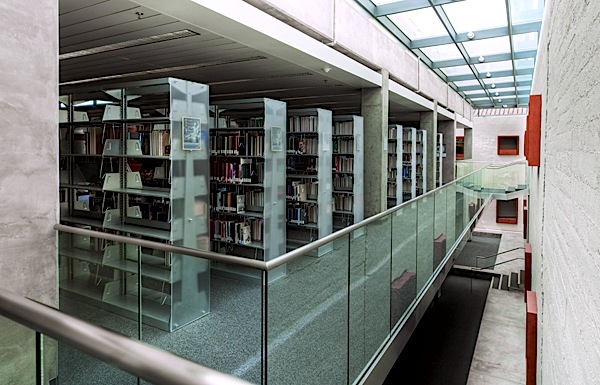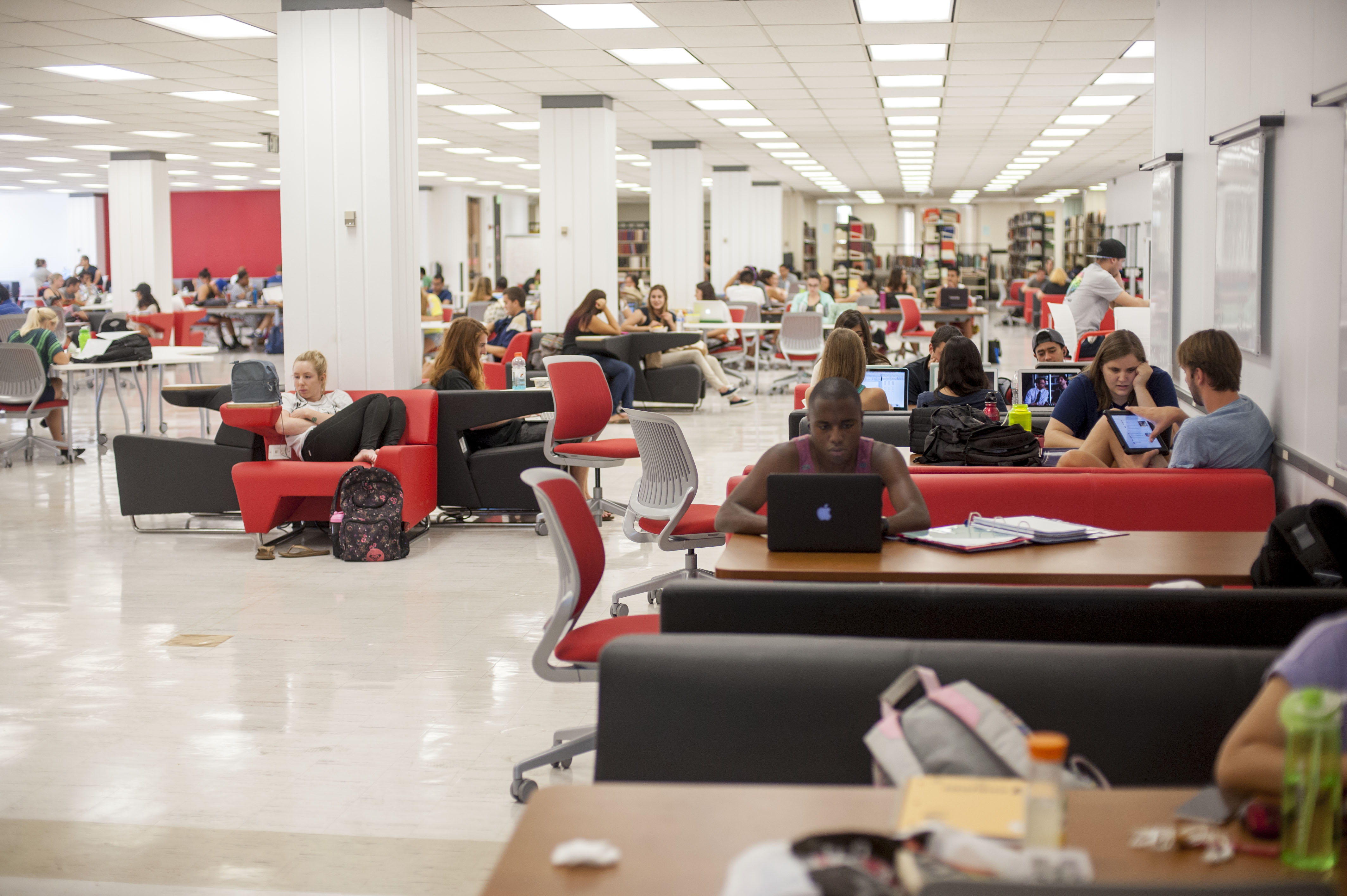The library pioneer S.R. Ranganathan wrote that “the library is a living organism.” It grows and changes and adapts as needed.
A library’s job is to match each user with the right resource, Ranganathan wrote. Simply collecting books can’t do this.
Instead, libraries analyze usage data, review their collections and update them frequently, discarding old or unused books and bringing in new ones. This process is called deselection and refreshing, or for some, weeding.
That process of deselection helps visitors to the library more easily focus in on what they’re looking for, says CSU East Bay Dean of Libraries John Wenzler.
“Just like going through a garden that’s full of weeds, trying to find the fruits and vegetables that you want is a lot harder when a lot of stuff that’s less interesting gets in the way,” Wenzler said.
So librarians organize collections, analyze their use, and eliminate resources that aren’t valuable to library patrons.
The big project
Though deselection and refreshing is a regular part of library collections upkeep, some libraries in the California State University system are taking on the process in a much bigger way. At East Bay, the goal is to deselect about 10 percent of collections, freeing up space for group and individual study areas in a very popular library.
“Our library is very busy,” Wenzler said. “Students walk through all the time; especially in the middle of the quarter, students are on top of each other. So we’re going through a careful weeding process to prune about 10 percent of the books and create more space for students.”
Collection review
To accomplish this massive undertaking, CSU East Bay partnered with Sustainable Collection Services, a company that’s worked with many libraries in the CSU system, to review the collections.
“Basically we gave them a list of all of our books and our circulation records and they came back and told us how many books in our collection were never circulated at all, nobody had ever checked them out or even taken them off the shelves,” Wenzler said.
Sustainable Collection Services also compared East Bay’s collection with other CSU libraries, and noted which books were readily available for loan from other libraries in the system.
The library took that data and decided to focus on books that had been in the collection for 10 or more years without circulating and were also available from several other libraries in California, Wenzler said. This gave them a list of about 90,000 books, or 10 percent of the collection.
The library faculty are reviewing that list with their departmental faculty to ensure that no essential titles are removed.
Greater accessibility and visibility
From there, the books will be removed from the library, the collection will be rearranged, and more space will be opened up for students, Wenzler said. But that could take another year.
“It’s not just a matter of removing the books from the shelf. It’s removing them from the catalog, verifying that the books on the list really are on the shelf, and then after all the books are removed, we’ll have to do a reshifting project,” Wenzler said.
The end result should be more space for students, and a library collection that is more tailored to their research needs.
“The goal is to make the useful parts of the collection more accessible and more visible to people that are visiting the library,” Wenzler said.
Read more:
; ?>)




